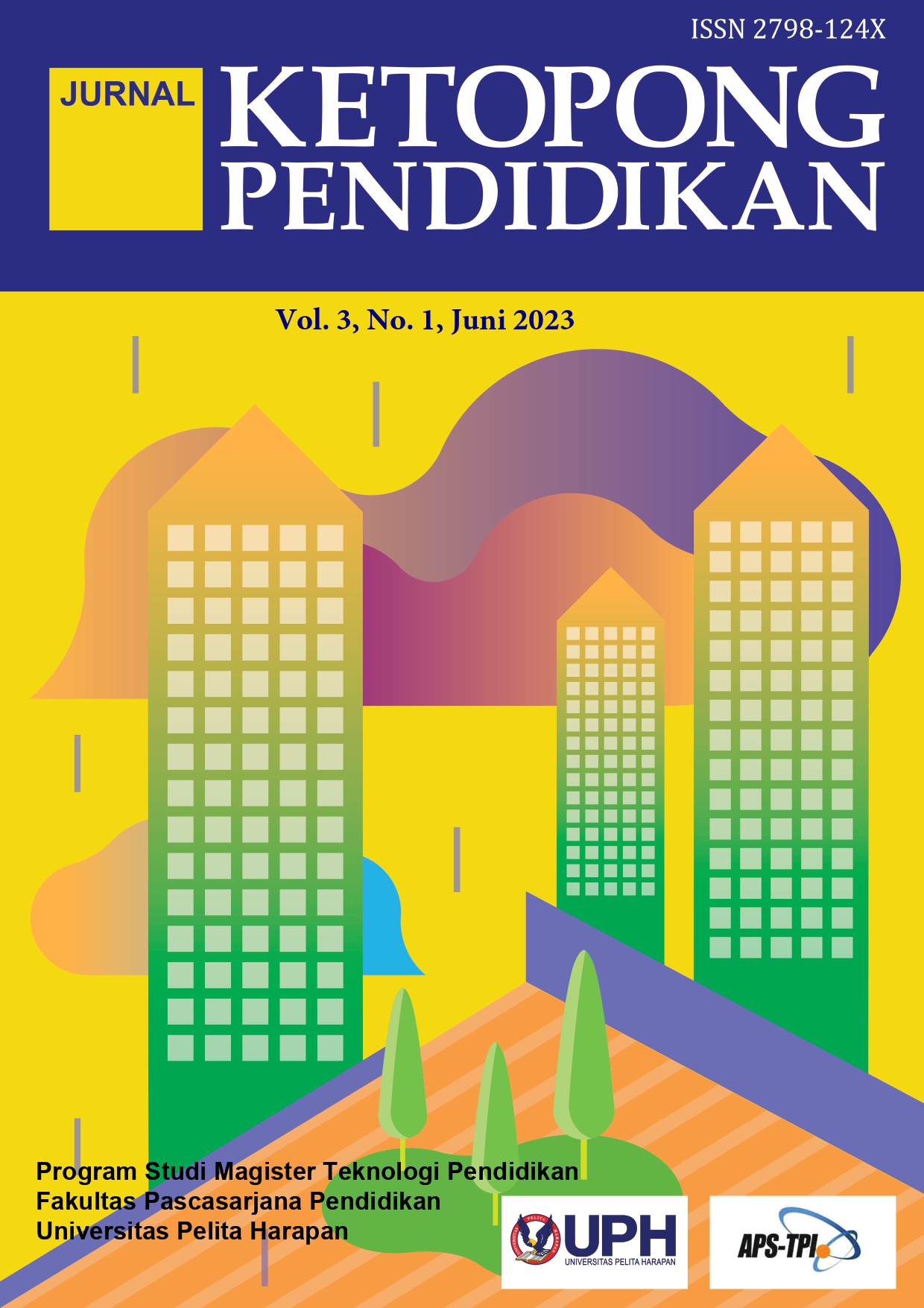Penerapan Metode Inquiri untuk menumbuhkan Kemampuan Berpikir Kritis, dan Meningkatkan Prestasi Belajar Siswa Kelas V SD XYZ dalam Pembelajaran Science
DOI:
https://doi.org/10.19166/jkp.v3i1.10414Trefwoorden:
inquiry method, critical thinking, learning achievement, science learningSamenvatting
Schools must pay close attention to teachers’ organizational commitment, as teachers with strong commitment tend to be loyal, responsible, and actively contribute to achieving the school’s goals. This study aims to examine the effect of job satisfaction, authentic leadership, and psychological capital on teachers’ organizational commitment at Middle School XYZ Cikarang. The research involved forty-one teachers as respondents and employed a quantitative approach using the path analysis method. Data were collected through a questionnaire based on a Likert scale and analyzed using descriptive and inferential statistical techniques. The findings reveal that the levels of organizational commitment, job satisfaction, authentic leadership, and psychological capital among teachers at Middle School XYZ Cikarang are relatively high. Furthermore, the results indicate that job satisfaction, authentic leadership, and psychological capital jointly explain teachers’ organizational commitment with an R-square value of 0.367. Meanwhile, job satisfaction can be explained by authentic leadership and psychological capital with an R-square value of 0.618. These results suggest that authentic leadership and psychological capital play important roles in enhancing teachers’ job satisfaction, which in turn strengthens their organizational commitment. Therefore, school leaders are encouraged to foster authentic leadership practices and develop teachers’ psychological capital to improve organizational commitment.
Referenties
Alberta. (2004). Focus on inquiry: A teacher’s guide to implementing inquiry-based learning. Edmonton, AB: Alberta Learning, Learning and Teaching Resources Branch. chrome-extension://efaidnbmnnnibpcajpcglclefindmkaj/https://files.eric.ed.gov/fulltext/ED491498.pdf
Bentley, M. L., Ebert II, E. S., & Ebert, C. (2000). The natural investigator: A constructivist approach to teaching elementary and middle school science. Wadsworth/Thomson Learning.
Burden, P. R., & Byrd, D. M. (2010). Methods for effective teaching: Meeting the needs of all students (5th ed.). Pearson Education, Inc.
Drayton, B., & Falk, J. K. (2001). Tell-tale signs of the inquiry-oriented classroom. NASSP Bulletin, 85(623), 24–34. https://doi.org/10.1177/019263650108562304
Glaser, E. M. (1941). An experiment in the development of critical thinking. Teachers College, Columbia University.
Kauchak, D. P., Eggen, P. D., & Jacobsen, D. A. (2009). Methods for teaching: Promoting student learning in K–12 classrooms (8th ed.). Pearson Education, Inc.
Paul, R., & Elder, L. (2008). The miniature guide to critical thinking: Concepts and tools. Foundation for Critical Thinking Press.
Westwood, P. S. (2008). What teachers need to know about teaching methods. Camberwell.
##submission.downloads##
Gepubliceerd
Nummer
Sectie
Licentie
Copyright (c) 2025 Margaretta Rahmani

Dit werk wordt verdeeld onder een Naamsvermelding-GelijkDelen 4.0 Internationaal licentie.
Authors who publish with this journal agree to the following terms:
1) Authors retain copyright and grant the journal right of first publication with the work simultaneously licensed under a Creative Commons Attribution License (CC-BY-SA 4.0) that allows others to share the work with an acknowledgement of the work's authorship and initial publication in this journal.
2) Authors are able to enter into separate, additional contractual arrangements for the non-exclusive distribution of the journal's published version of the work (e.g., post it to an institutional repository or publish it in a book), with an acknowledgement of its initial publication in this journal.
3) Authors are permitted and encouraged to post their work online (e.g., in institutional repositories or on their website). The final published PDF should be used and bibliographic details that credit the publication in this journal should be included.


